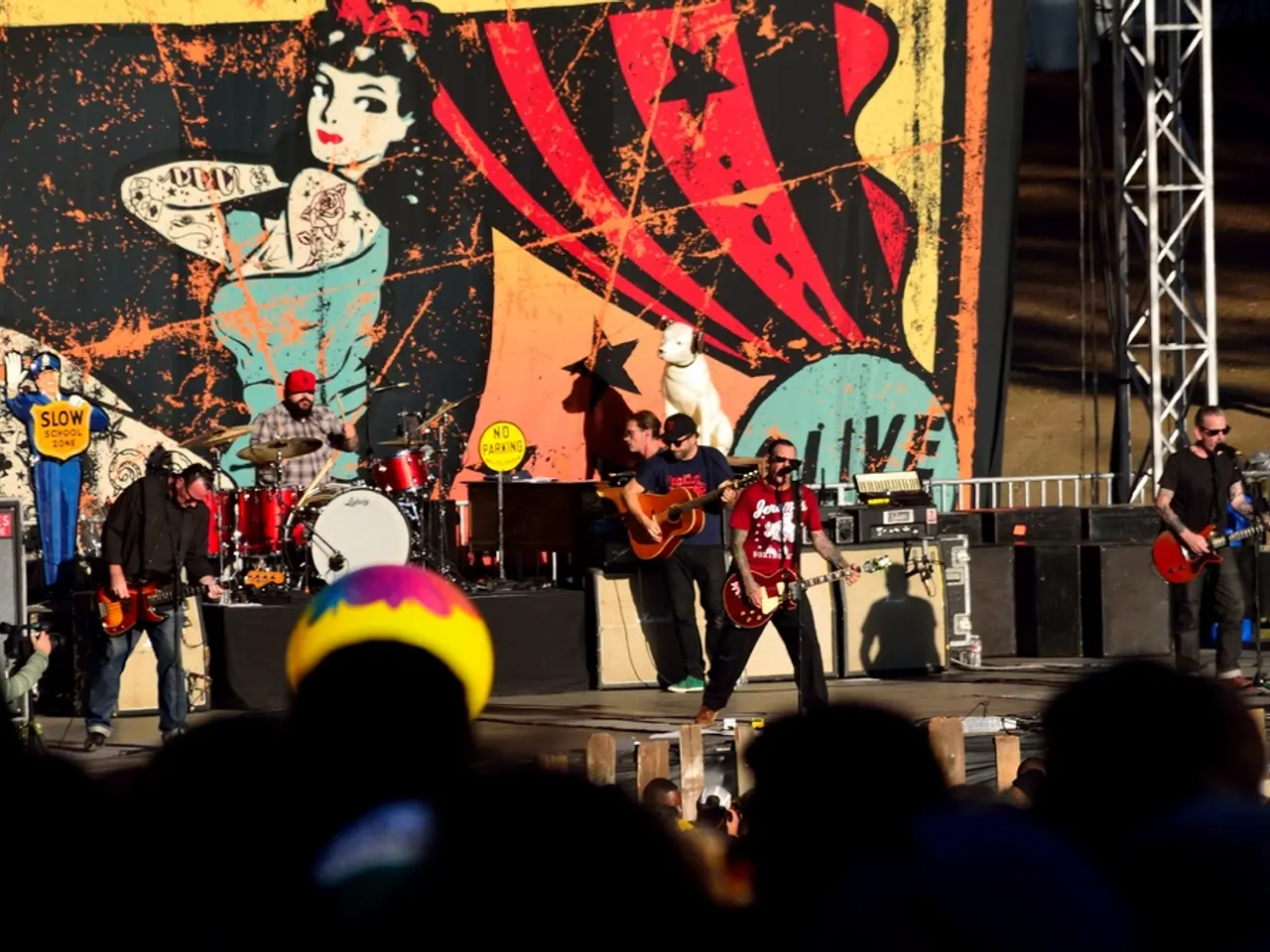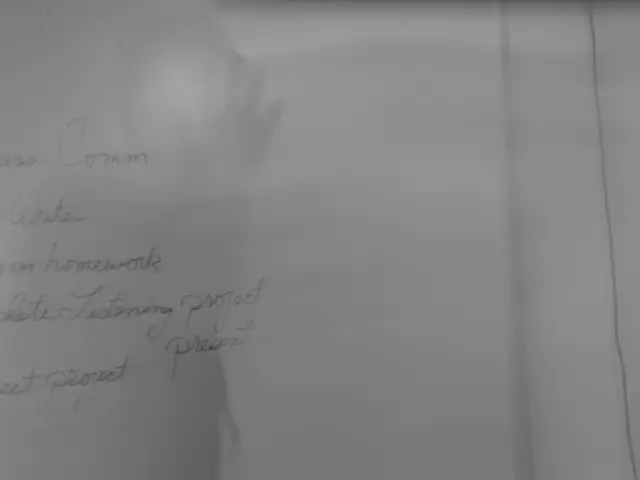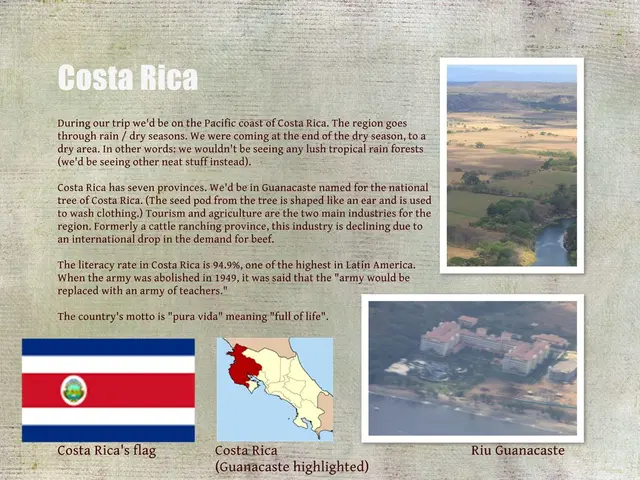Guide on Securing a Record Deal for Your Drum & Bass Composition (2025 Version)
As the electronic music landscape continues to evolve, Drum & Bass producers aiming to make a mark in 2025 must tailor their demo submissions to current industry trends and best practices. Here's a guide to help you navigate the competitive landscape and increase your chances of capturing a label's attention.
Current Trends Impacting Drum & Bass Music Production
1. Integration of Artificial Intelligence (AI): AI tools are increasingly being used to assist in music creation, from melody and lyric generation to mastering. Utilising AI-enhanced production can improve demo quality and efficiency.
2. Emphasis on Emotional Depth and Technical Precision: Leading artists like Natty Lou continue to innovate in liquid DnB by blending emotional resonance with precise production techniques. This highlights the premium placed on tracks that combine technical skill with emotive elements.
3. Diverse Subgenre Coverage: Drum & Bass demos benefit from showcasing versatility across subgenres such as Jump-Up, Neurofunk, Dancefloor, and Jungle, reflecting the comprehensive sound palette that labels look for.
Key Elements to Include in a Demo Submission
1. High-Quality, Clean, and Well-Balanced Audio: Your demo must be professionally mixed and mastered to represent the track well on any playback system.
2. Multiple Tracks (2 or 3) for Depth: Submit two or three solid tracks to demonstrate your range and depth as a producer. This is recommended but not mandatory.
3. Strong Melodies and Engaging Motifs: Memorable melodies and motifs that appeal to drum & bass listeners and can stand out in a competitive market are essential.
4. Unique Sound and Originality: Avoid copying references directly. Use established tracks only as a tone and vibe guide, ensuring your demo showcases your distinct style.
5. Include a Bio and Photo: Provide a well-crafted artist bio that highlights any experience, fanbase, or prior achievements, as well as a professional photo. This builds your narrative and appeal to labels.
6. Highlight Any Relevant Experience or Metrics: If you have licensing experience, notable streaming figures, or a fanbase, emphasize these as they can increase your attractiveness to labels.
Additional Considerations Specific to Drum & Bass
1. Use Industry-Standard Sample Packs and Presets: Leveraging high-quality, royalty-free Drum & Bass production suites that cover all subgenres can add professionalism and variety to your productions.
2. Stay Innovative but True to Genre Roots: The genre’s emotional and rhythmic core should be preserved while pushing creative boundaries, as seen in recent successful releases.
3. Prepare for Quick Turnarounds: The fast-paced electronic music scene benefits from producers able to create and deliver tracks efficiently, something AI tools help facilitate.
In summary, your 2025 Drum & Bass demo submission should present professional, original tracks that combine strong melodies, emotional depth, and technical polish, supported by a compelling artist profile. Embracing AI tools for production and mastering can enhance your workflow and final sound quality. Offering multiple tracks for depth and demonstrating a grasp of various Drum & Bass subgenres will increase your chances of capturing a label's interest.
[1][2][3][5]
- Submitting multiple genres without focus can confuse A&Rs. - Self-releasing or signing with a label are both viable paths to success, each with its own advantages and challenges. - Long emails without direct links should be avoided in demo submissions. - In 2025, having a strong online presence and engagement on platforms like TikTok, SoundCloud, and Instagram can make a difference in getting noticed by labels. - Personalising emails and following submission rules precisely is important. - Joining online communities and collaborating with other producers can help build a network in the Drum & Bass scene. - Quality always over quantity when it comes to releasing tracks. - Liquid and Minimal Rollers, Jungle Revival, Deep Tech and Halftime Grooves, Experimental and Leftfield Sounds, Dubwise and Reggae Influences, Vocal-Driven Tracks, and DNB x Garage Fusion are current trends shaping the direction of Drum & Bass. - The most important step is to start releasing music and growing one's audience. - Self-releasing can help build a profile and provide leverage for future label signings. - In 2025, labels are seeking well-rounded artists with impeccable production quality in Drum & Bass. - Ignoring submission guidelines can result in a demo being skipped. - Originality is key in a saturated Drum & Bass scene, with labels looking for producers who push boundaries and have a signature style. - DistroKid offers 7% off for those starting their music career. - Mastering quality is essential, using tools like FabFilter Pro-Q 3, iZotope Ozone, or Waves SSL plugins, or hiring a professional. - SoundCloud Private Links with downloads enabled is the industry standard for demo submissions. - When submitting a demo, choose 1-3 finished tracks that best showcase your sound and fit the label's style. - Neglecting social media can hinder a producer's chances of getting noticed by labels.
- Beyond demonstrating versatility across subgenres, it's crucial to focus on a specific niche within Drum & Bass, like Liquid and Minimal Rollers, Jungle Revival, or DNB x Garage Fusion, to prevent confusing A&R staff.
- In addition to submitting high-quality demos, maintaining an active and engaging presence on platforms like TikTok, SoundCloud, and Instagram can significantly increase the chances of being noticed by labels, showcasing a combination of entertainment, education-and-self-development, and career-development aspects.




